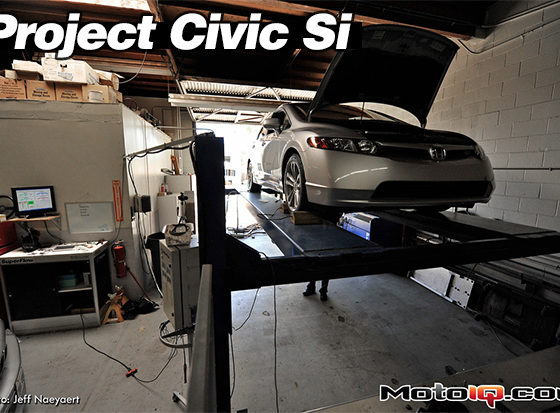
On the Podium at Lime Rock!
By Duncan Ende
Every year, the American Le Mans Series goes on hiatus during late spring. The break gives participating teams a chance to get their cars over to France for the 24 Hours of Le Mans and back without missing any races for their trouble. While the break is surely much appreciated by the teams competing in the 24 Hours, the rest of us try to get in whatever testing we can and focus on the eventual return to racing on this side of the Atlantic. Our race at Laguna Seca leading into the break was largely hamstrung by in-race penalties, so I was particularly eager to get back in the 25 PC car again and get some positive momentum back in round four at Lime Rock Park.
 |
| Lime Rock is a busy, tight, twisty track. 30 cars in 1.5 miles, with a long front straightaway and several fast corners. Most cars finish a race here with some degree of damage, and ours was no exception. |
Whereas the 24 hour course measures a massive 8.5 miles around, Lime Rock Park is a mere 1.5 miles of twisting tarmac in the countryside of northwestern Connecticut. The difference in character between the two is even greater than the difference in length: while Le Mans is famous for its long straights and high speeds, the overwhelming aspect of Lime Rock is that the constantly twisting circuit gives a driver no time to relax, making for one of the most physical races on the calendar. Additionally, Lime Rock is no overblown autocross packed with slow corners: long 3rd gear corners make up the first half of the lap, and the final two corns of the 7 turn loop are very fast 4th and 5th gear bends, making for some pretty serious lateral g loads.
 |
| The two Dempsey Racing cars parked in pit lane – the no. 27 Lola/Judd P2 car of Joe Foster and Patrick Dempsey next to mine and Henri's Oreca PC. |
Friday practice was spent searching for balance, both in the corner and on the brakes, primarily on old tires. Getting a good read on the car is a little bit harder than usual at Lime Rock, as 30 cars packed onto 1.5 miles of track makes dealing with traffic a near-constant challenge. Getting around the slower GT traffic is one thing (along with getting the faster P1 and P2 cars around you), but a lap done in dirty air doesn’t tell you a whole lot, so occasionally it takes 3 or 4 laps to get enough useable running to piece together a read on the latest setup change.
 |
| Strapped in and ready to go for qualifying. I was really looking forward to qualifying for the first time this year – low fuel loads, fresh tires, and a clear track really inspire you to push the limits. |



